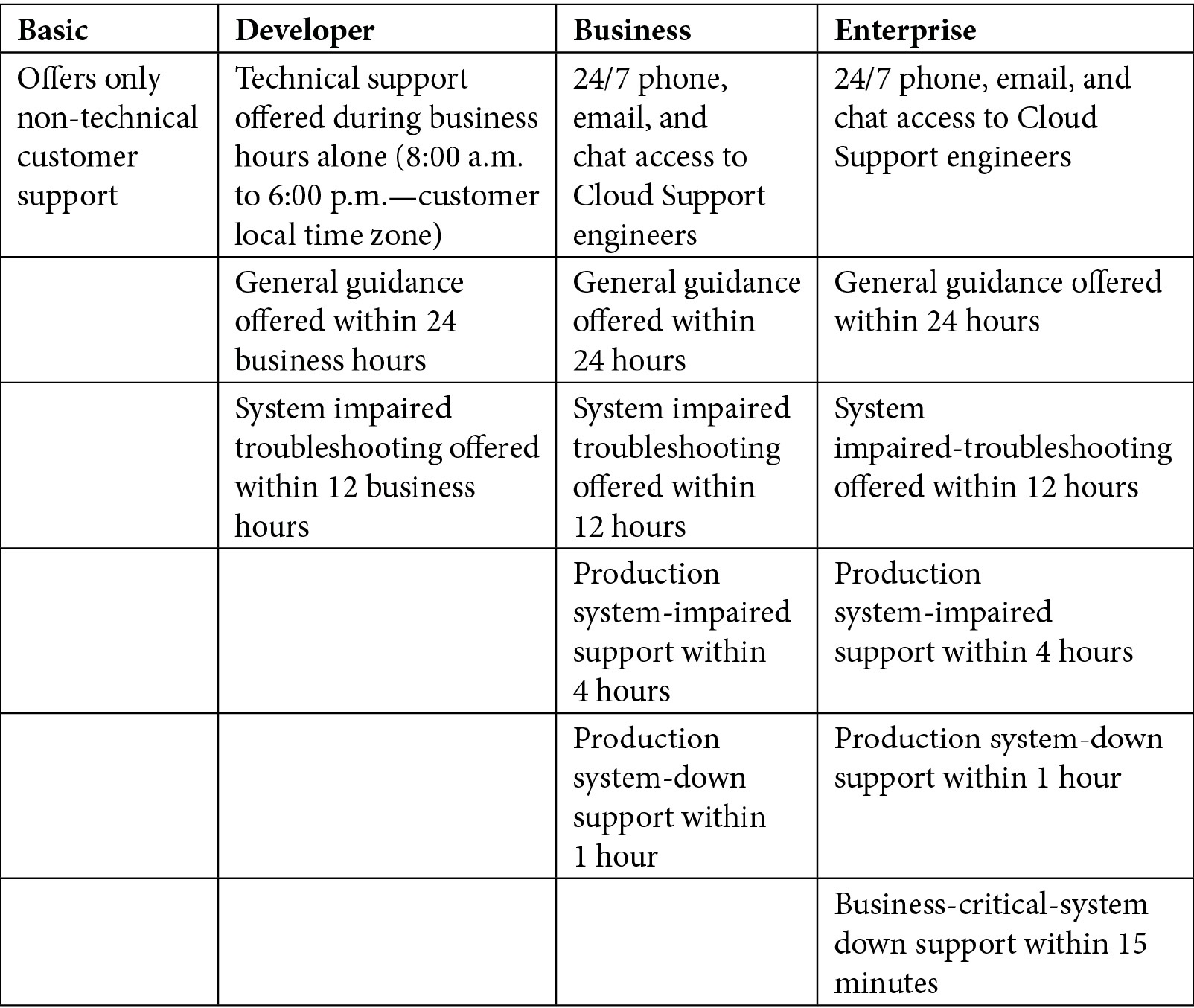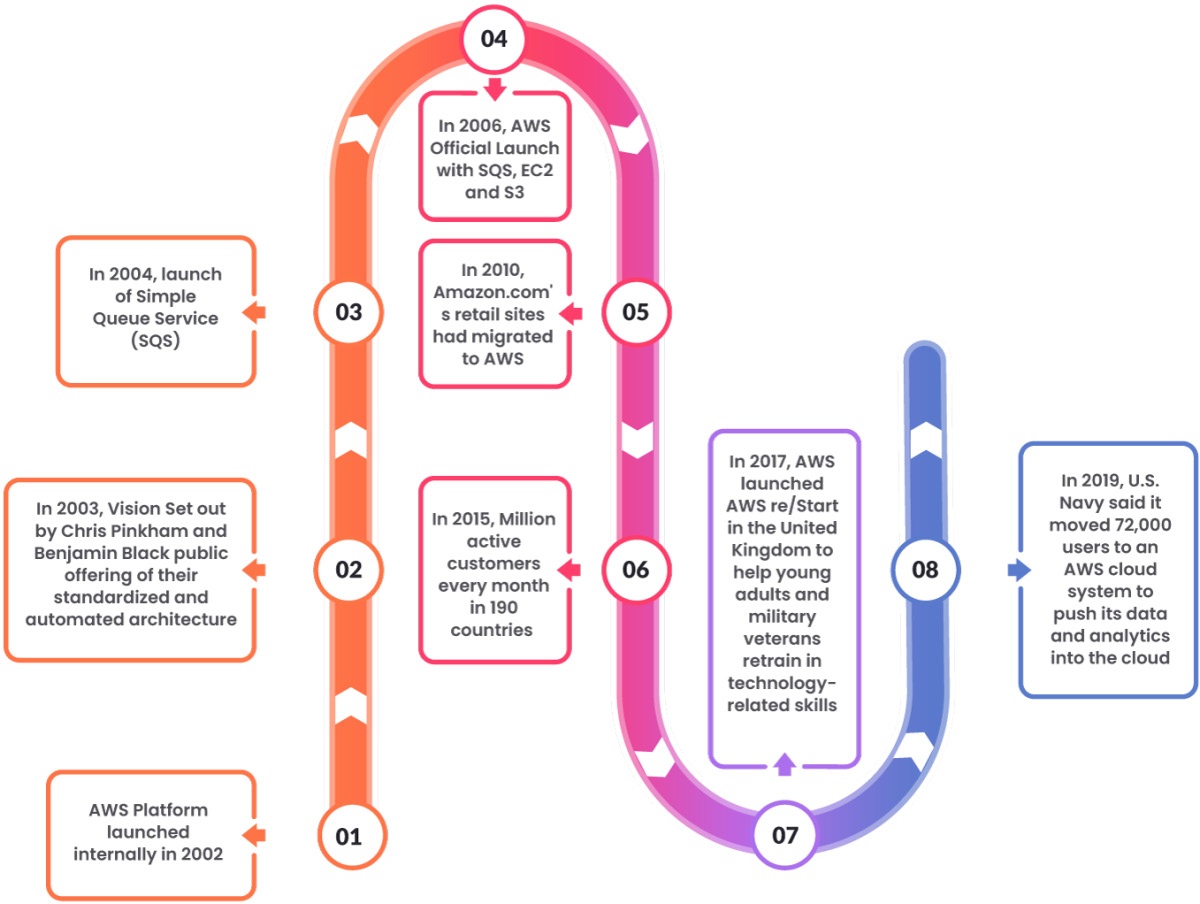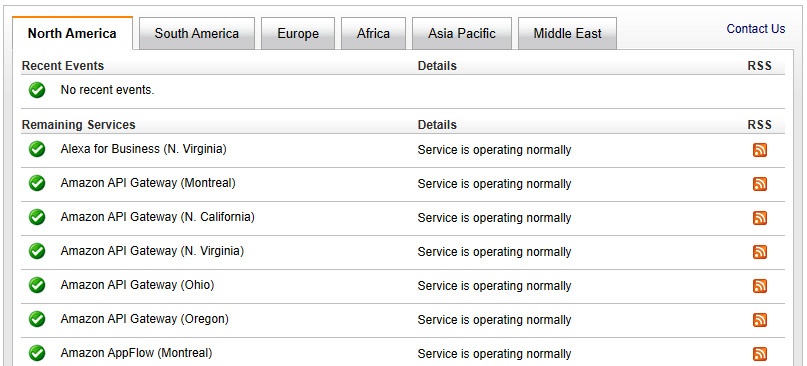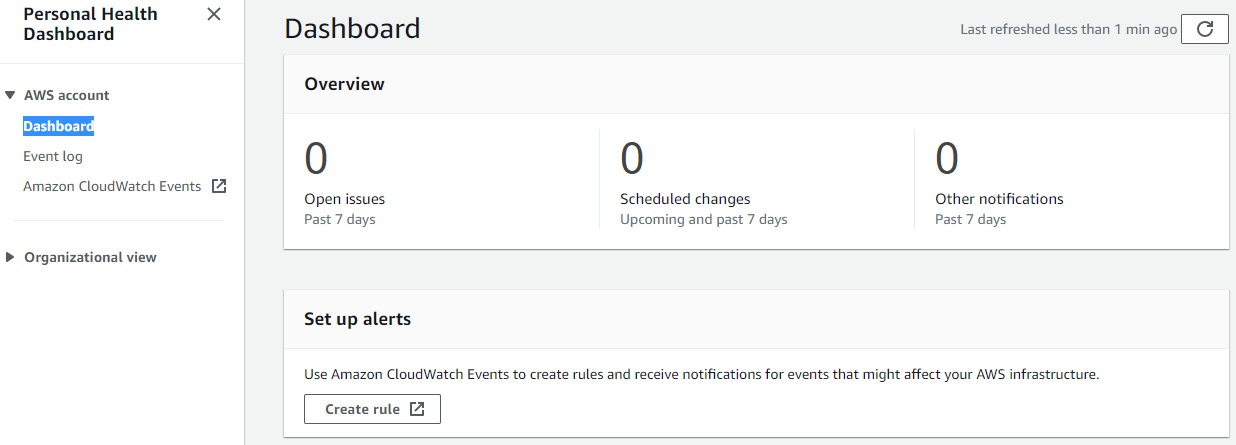Table of Contents
Chapter 2: Introduction to AWS and Global Infrastructure
What is AWS?
Amazon Web Services (AWS), a subsidiary of Amazon.
Here is history of AWS
Exploring the AWS Global Infrastructure
AWS provide 3 types of hosting services:
- Region
- AZ
- Edge location
AWS Region = a physical location where AWS host a cluser of data centers
In each Region, these small groups are logically & physically separated from each other within 100km
Availability Zones (AZs) = logically and physically separated groups of data centers
Regions
A Region will consist at least 2 AZs. (e.g. North Virginia Region, us-east-1 consists of 6)
Benefits of multi-region (i.e. why choose region that closer to you):
- Host app and reduce network latency by deploying resource closer to customer
- Follow data soverignty and compliance regulation
- Satisfy failover or DR scenario in case of regional outages
AZs
AZs = logical and physical grouping of data centers within a given Region.
An AZ is a logical representation of a metropolitan area where AWS has deployed one or more data-center facilities.
Benefit of Multi AZ within a Region: high availability, fault-tolerant, and scalable solutions; As AZs within a Region are connected using high-bandwidth, low-latency private metro-fiber link.
Edge locations
Using edge location, we can cache frequently accessed files on edge location servers located closer to users.
Amazon CloudFront = a CDN service (utilize AWS edge locations) allower user to create distribution points for delivery of content.
Distribution points are created at edge locations in each Region, depending on developer's configuration.
e.g. of edge location:
- Use Amazon S3 transfer Accleration (feature of S3) to upload content to AWS buckets via edge location to bypass public network (through AWS backbone network).
Regional edge cacahes
Regional edge caches:
- have more storage and larger cache sizes than edge locations.
- Far fewer number of Regional edge caches
- Strategically placed
Usage of Regional edge caches:
- Hold data not accessed frequently in a long time (i.e. data removed from edge locations)
Regional services
AWS services are (mostly) Region-based. (i.e. need first select a Region and then service to deploy in that Region)
- Reason: hardware resources (datacenters) are Region-based
Global services
Some AWS services are global services (i.e. you can access them from any location)
- Resion: want these resource global all Regions.
- List of global services:
- AWS IAM:
- Amazon CloudFron
- Amazon Route 53
- Amazon S3
On-premises services
Choosing the right AWS support plan for your business
- Basic support plan
- Provided by every account
- No technical support from real person
- Free
- Services:
- Get access to public available doc, whitepapers, etc.
- Basic service via email, chat and phone 24/7
- 7 basic checks on Trusted Advisor tool
- Alert via Personal Health Dashboard (PHD)
- Developer support plan
- Recommended by AWS if you are experimenting or testing in AWS
- A cost-effective solution for non-production workloads
- Suppor team cannot discuss specific app-layer problems.
- Supports only available via email during business hours
- plus all basic support
- Business support plan
- Recommended by AWS for production env.
- e.g. solving issue related with RDS, troubleshooting issues.
- Full 24/7 support. Different response time offered to different severify of issues.
- e.g. If system down, Cloud Support engineer will be in position within 1 hour.
- Service:
- Access to AWS Infrastructure Event Management (IEM)
- Provide full set of AWS Trusted Advisor services including: Cost Optimization, Security, Faulty Tolerance, Performance, Service Limits
- Recommended by AWS for production env.
- Enterprise support plan
- Cost starts at (USD) $15000 per month
- VIP offerings:
- A desginated Technical Account Manager (TAM) actively monitor environment, and work closely with you through life-cycle of cloud projects.
- Service-level agreements (SLAs): 15 min response time for business critical tech issues
Summary of different AWS support plans

Overview of the AWS Service Health Dashboard
AWS publishes service health status (e.g. shown below) across all DataCenters, which should be first place to investigate if service down
AWS Service Health Dashboard
Other than AWS Service Health Dashboard, AWS PHD provides more tailored info, when reporting issues that affecting applications and resources
Benefit of PHD:
- Personalized view of service health
- Proactive notifcation
- Detailed troubleshooting guidance
- Integration and automation
- Aggregate health events across AWS orgs
The AWS AuP
AWS AuP
- Policy provide info/guideline about services offered by AWS, plus prohibited uses
- User need comply it, When signing up an AWS account for personal or business use.


